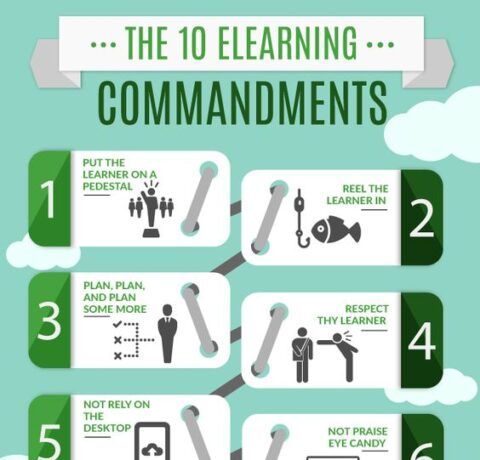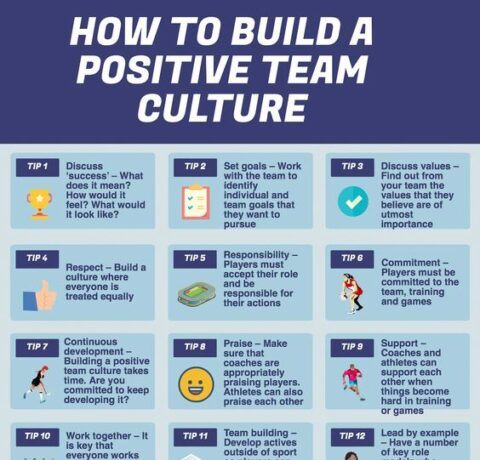Maximizing the Working Memory in eLearning Infographic
In eLearning, one of the most important brain functions to consider is the working memory, one of the more everyday functions of the brain. In short, the working memory is what we use to perform efficiently and effectively in our daily lives, including learning. The Maximizing the Working Memory in eLearning Infographic presents how to design eLearning experiences to maximize the working memory for effective learning.
Working Memory as a Learning Tool
Working memory, plays a key role in our ability to learn, and thus, plays a key role in eLearning. If the working memory becomes overloaded, then meaningful learning will not occur. But if the learner is able to flow information effectively through the working memory, then the learner will maximize the learning experience for a long term impact.
Working Memory Strategies
- Start with an overview of the material and clear learning objectives for the learning session to frame the eLearning experience;
- Present the content in order of complexity so start with the simple concepts first in order to scaffold up to more difficult and complex concepts, giving the working memory time to assimilate the new information;
- Chunk information into easy to digest sections with no more than 3 to 5 memorization items in any chunk;
- Revisit critical information to reinforce and strengthen retention;
- Encourage reflection and meta-cognition to move information out of the working memory into long-term memory.
Effective eLearning Activities
- Using verbal memory aids like mnemonic devices to remember key concepts;
- Using visual representations of complex concepts such as flow charts, graphic organizers, charts, or other visual representations;
- Providing practice opportunities for learners to immediately put their new knowledge to use in a simulation;
- Linking difficult to remember items with more meaningful ones, such as through the use of narratives or metaphors;
- And simplifying the language of the eLearning module, using active language and direct statements.
- Keeping these in mind will lead to more effective and engaging eLearning by helping learners use their working memories to full capacity without overloading them.







You can adjust your cookie preferences here.